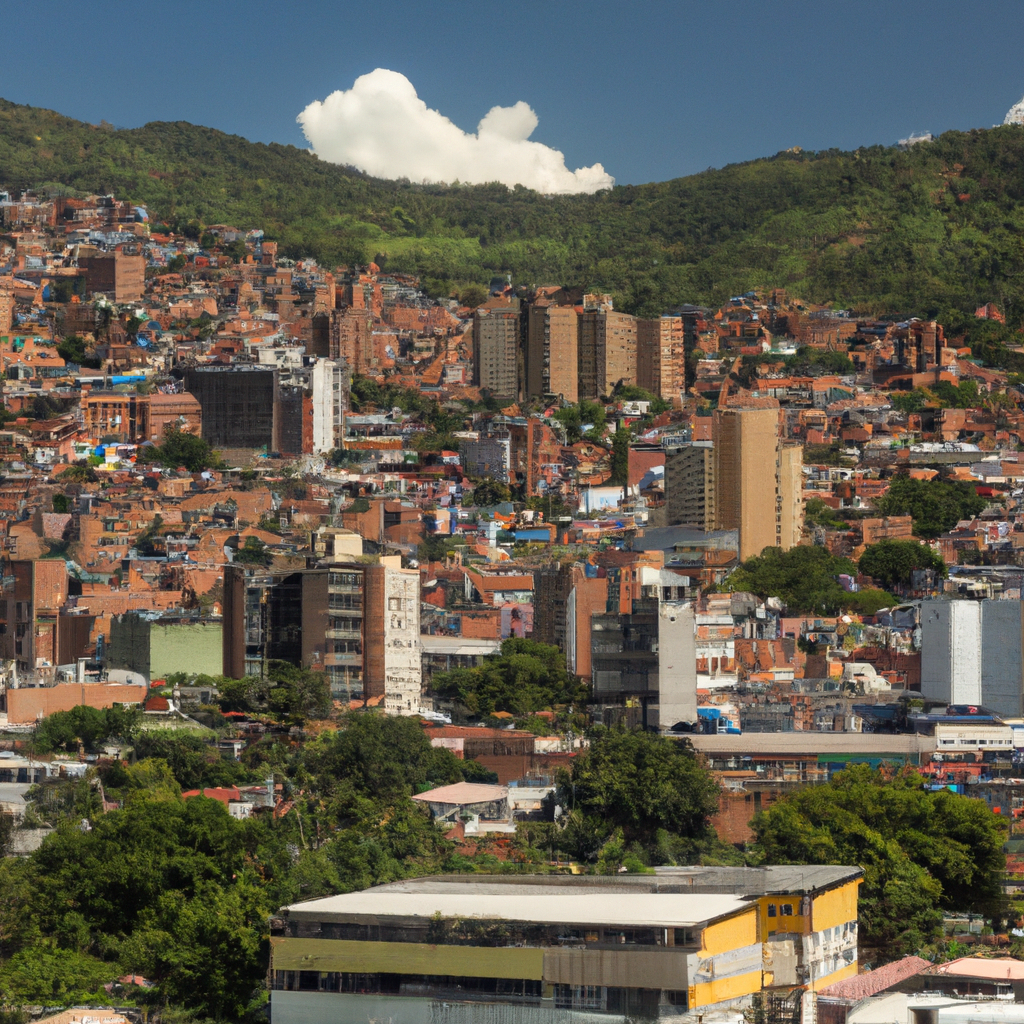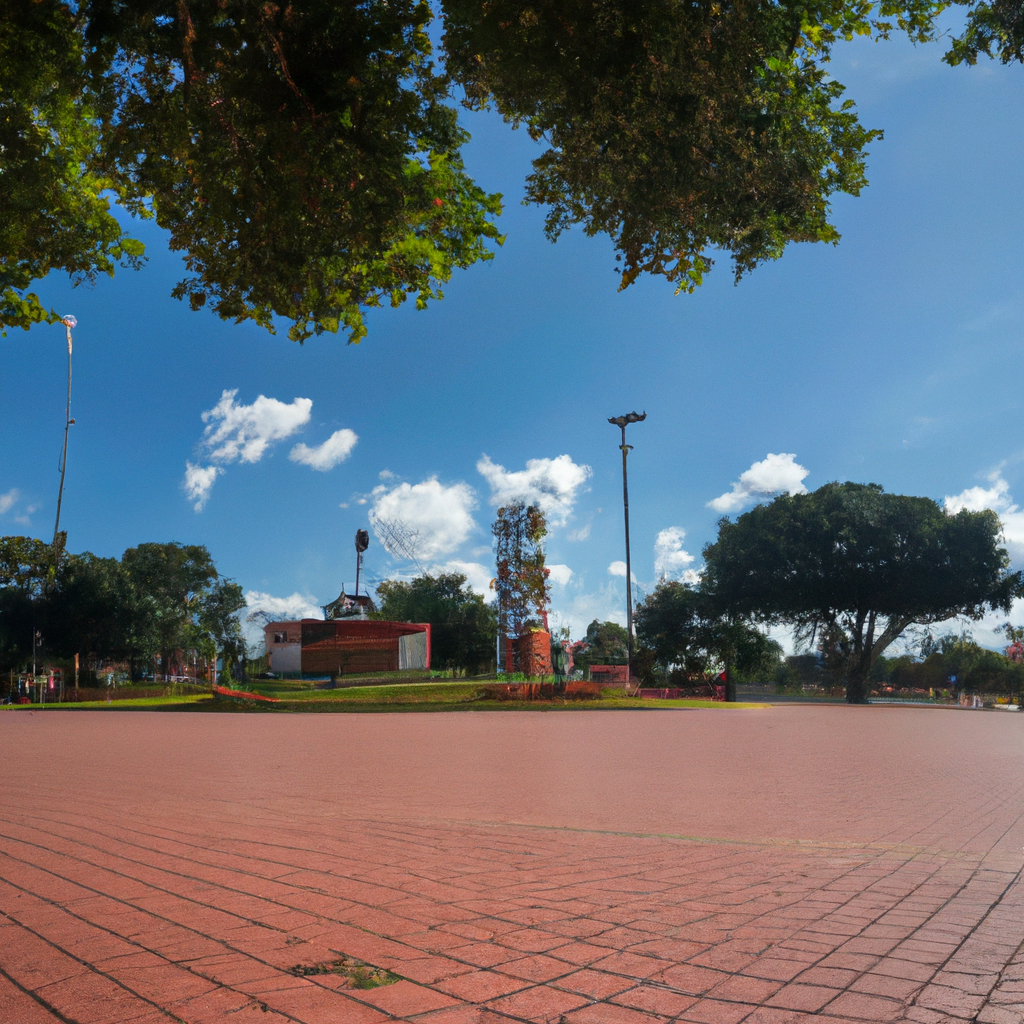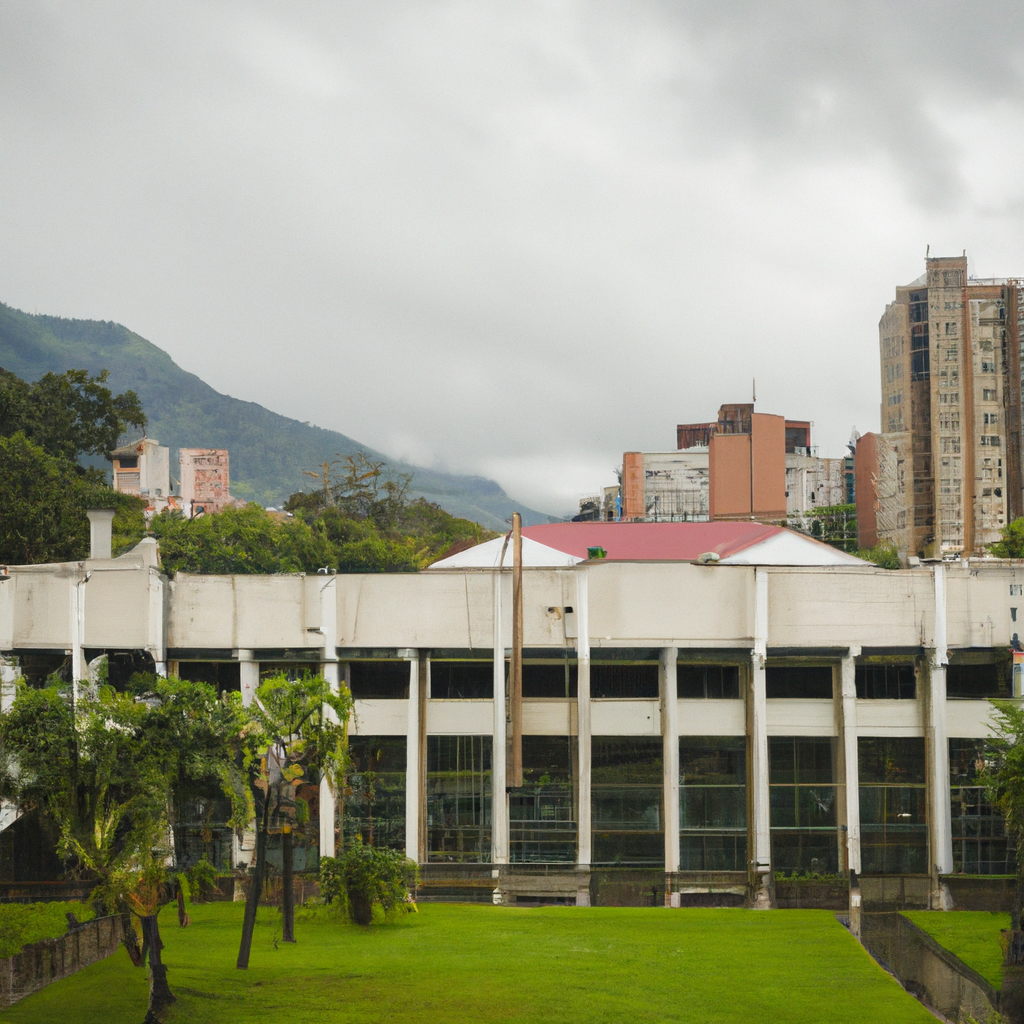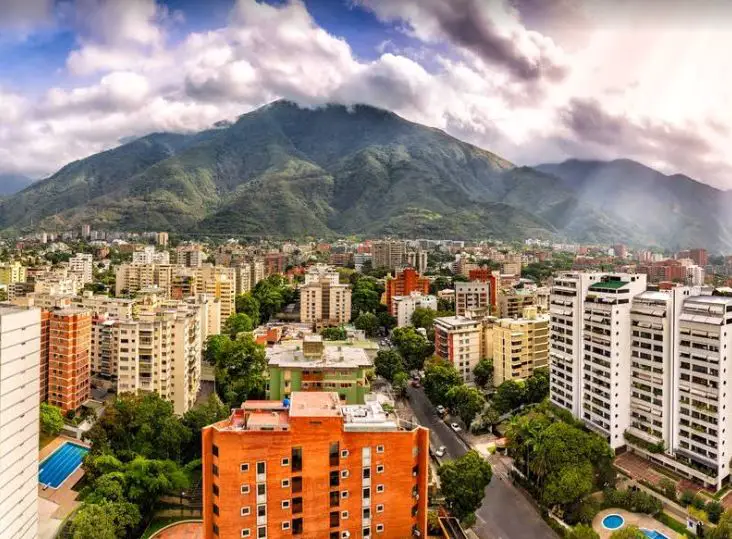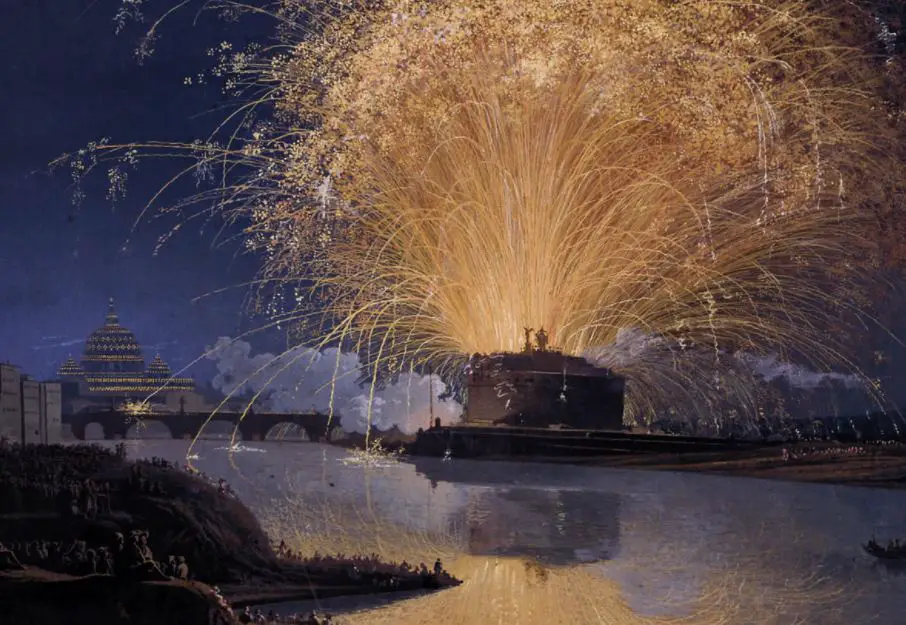Bolívar Square - Caracas, Capital District In Venezuela: Overview,Prominent Features,History,Interesting facts
Overview:
Bolívar Square is located in the center of Caracas, the capital of Venezuela. It is considered to be the symbolic heart of the city, as it is the location of many important government buildings, churches, monuments, and museums. The square is named after Latin American revolutionary leader Simón Bolívar, who liberated much of South America from Spanish control. Bolívar Square is the site of many events held throughout the year, and is a popular tourist destination. This bustling square has great cultural and historical significance to Venezuelans. You can learn history, culture, and heritage through these magnificent monuments in Venezuela
Prominent Features:
1. Statue of Liberator Simon Bolivar: In the center of the square is a bronze statue of Simón Bolívar, the 19th century Venezuelan leader who liberated much of South America from Spanish colonial rule. 2. Government Buildings: Bolívar Square is bordered by government buildings that house several of the country’s most important national institutions, including the Venezuelan Congress and the Supreme Court. 3. War of Independence Monument: Located in front of the National Congress building is a bronze monument celebrating Venezuela's victories in the War of Independence against the Spanish. 4.Cámara de los Diputados: Directly across from the Bolívar Statue is the Cámara de los Diputados (the Lower House of the Venezuelan National Congress). 5. Presidential Box: A raised platform on the east side of the square allows elected officials to address large gatherings of people (such as during election campaigns). 6. Flagpole: A large flagpole in the center of the square symbolizes national unity and patriotism. This national monument of Venezuela portrays the history and culture of the country.
History:
The Bolívar Square (Plaza Bolívar) in Caracas, the capital district of Venezuela, is named in honor of Simón Bolívar, a Venezuelan leader and champion of independence for the Spanish colonies in South America in the early 19th century. It is one of the most important squares in the city and is located at the intersection of four large roads (Avenida Universidad, Avenida Bolívar, Avenida Sucre and Avenida Andrés Bello). It was initially built in the early 19th century and since has been the site of a number of important events, demonstrations, parades and speeches throughout the city’s history. In 1813, Simón Bolívar arrived in Caracas from Cartagena after successfully liberating the city and, in the words of the president of the time, was welcomed by the people, “with an enthusiasm never before seen.” After the General’s victory, the square was renamed in his honor and the Caracas City Council ordered the construction of a monument sculpted by Italian artists Antonio Gasperoni and Alberto Comesana. The monument, first inaugurated in 1826, was destroyed in 1871 in the echoes of war of the Federal War and later rebuilt in the 1928. Over the following years, the Bolívar Square was repeatedly used for significant civic events. In 1956, it became the traditional site of the parade for the anniversary of the “Grito de la Victoria” (the victory cry) given by Bolívar in 1813. This event honors the date of his charge to retake Caracas and is held annually on May 2nd. The Square was also a significant site for Venezuelan activists during the “Caracazo” demonstrations, an event in 1989 which began peacefully but resulted in a violent repression by the government and hundreds of deaths. In 2002, the Venezuelans reflected on the 199th anniversary of the Battle of Carabobo with a special ceremony at the Bolívar Square. With other major events in years after, including the celebration of the opening of metro line 1 (2008), a vigil to honor Hugo Chávez’s passing (2013) and the firing of Juan Guaidó for president (2019), the Square has continued to stand as a symbol of Venezuela’s tumultuous history. You must visit one of these historical places in Venezuela on your Venezuela tour
Interesting facts:
1. Bolívar Square, originally known as Plaza Mayor, is one of the largest public squares in the Americas and is located in the heart of Caracas, the capital of Venezuela. 2. The square is the political and symbolic center of Caracas and the stage for several key political events in the country's history. 3. It was originally designed in 1695 by Spanish planner Carlos Salinas and later renamed after Venezuelan war hero, Simón Bolívar, with a monument to him placed in the center of the square. 4. The plaza features many important buildings, such as the Cathedral of Caracas and the National Pantheon of Venezuela, which houses the remains of the independence hero. 5. Since 1938, the surrounding neighbourhood have been kept in a constant holiday atmosphere due to its many fountains, promenades and green areas. 6. People flock to Bolívar Square for sporting events, political rallies, and all sorts of festivities, from carnival festivals, to military parades, and firework shows. 7. A four-meter tall bronze equestrian statue of Bolívar, designed by Italian sculptor Pietro Tenerani, is the centrepiece of the square and is considered an important symbol of Venezuelan liberty and independence. The monument was erected in 1874 and has since been moved to various locations in the square, in order to preserve it from destruction. Visit one of the famous monuments of Venezuela with your friends and family.
Explore Venezuela most popular tourist destination with us. Bolívar Square - Caracas, Capital District In Venezuela: Overview,Prominent Features,History,Interesting facts,which is 35.14 km away from Venezuela main town, is the most popular destination to add in your travel wishlist.
-
City:
Venezuela
-
state:
Caracas, Capital District
-
country:
Venezuela
-
country code:
VE
-
postcode:
1060
Location:
Caracas, Capital District Venezuela



